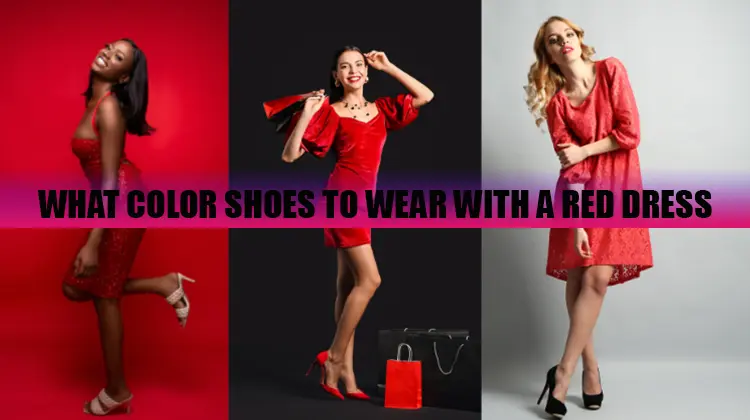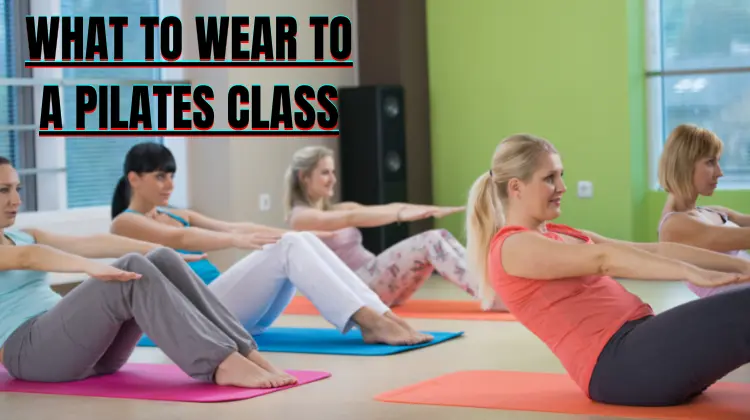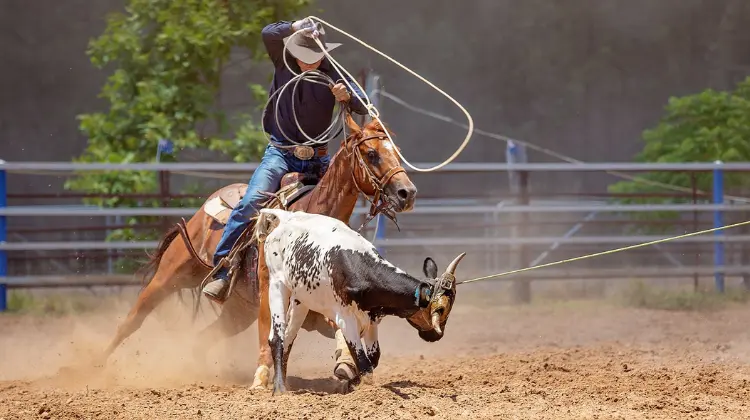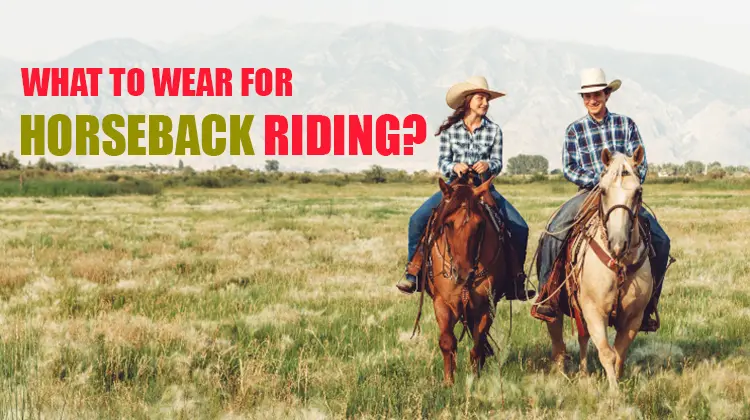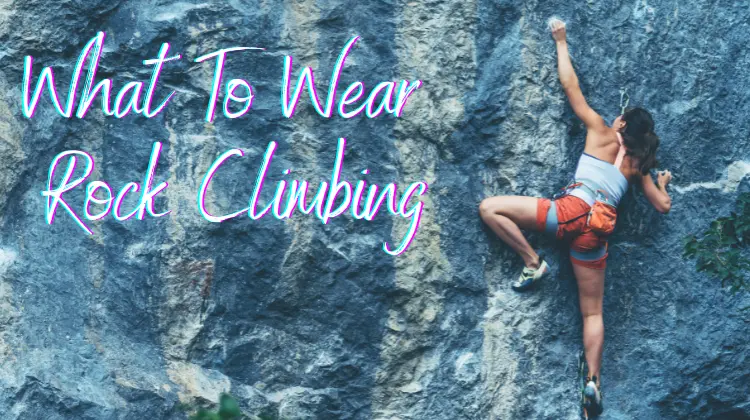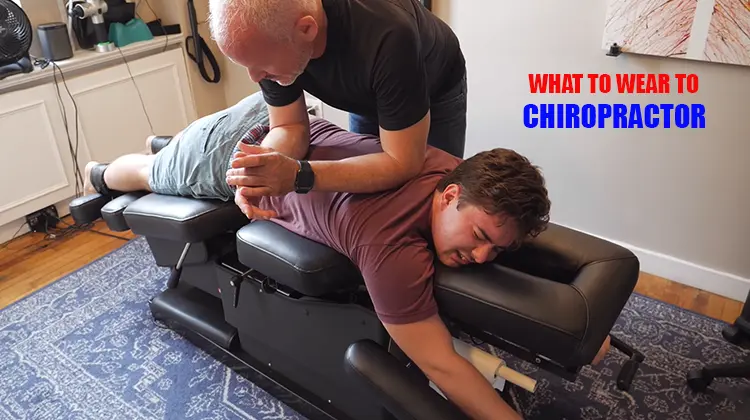What To Wear To A Pole Dance?
Pole dancing is a form of dance and fitness that involves dancing and performing acrobatics around a vertical pole. Regarding what to wear to a pole dance class or performance, comfort and movement are key.
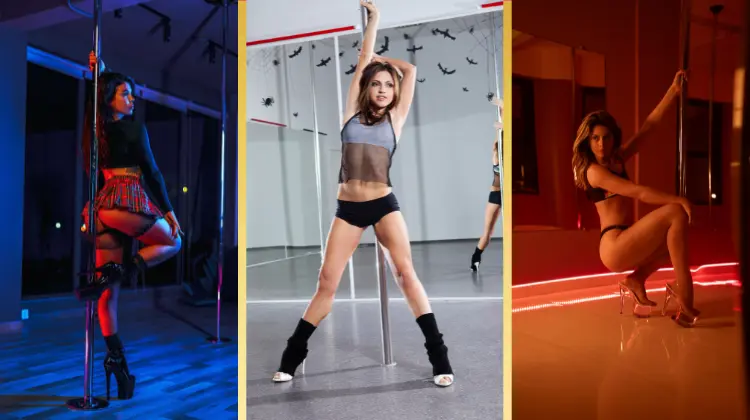
Pole dancing is a form of dance and acrobatics that involves performing moves and tricks using a vertical pole. It is often associated with entertainment, such as in strip clubs or burlesque shows, but it can also be practiced as a form of fitness or a competitive sport.
What is Pole dance?
Pole dance involves various moves and techniques, such as spins, climbs, and inverts, in which the dancer uses the pole to support their weight and perform acrobatic feats. Some pole dancers also incorporate elements of floor work and aerial tricks into their routines. A Pole dance can be physically demanding and requires a high level of strength, flexibility, and coordination.
A Pole dance has gained popularity in recent years as a form of exercise. The fitness community has embraced it to build strength, improve flexibility, and increase body awareness. It is often taught in studios or fitness centers, and competitions and events are held for pole dancers.
Guideline for What to Wear to a Pole Dance?
- Wear comfortable, form-fitting clothing that allows for a full range of motion. Tight-fitting leggings, shorts, and a tank top or sports bra are good choices.
- Avoid loose or baggy clothing, as it can get in the way and make it more difficult to perform tricks and moves.
- Wear shoes with a non-slip sole, such as sneakers or dance shoes. Avoid shoes with heels, as they can be slippery on the pole and may not provide enough support for certain moves.
- Some pole dancers like to wear grip aids, such as grip lotion or gloves, to help them grip the pole better. If you plan on using grip aids, make sure to bring them with you to class.
- If you are performing in a competition or showcase, wear a costume or outfit that reflects the theme or style of your performance.
It’s important to remember that pole dancing is about self-expression and having fun, so wear something that makes you feel comfortable and confident.
Tips For Your a Pole Dance Class
Here are a few additional tips for your pole dance class:
- Arrive a few minutes early to get settled and familiarize yourself with the space.
- Bring a water bottle and stay hydrated throughout the class.
- Wear clothing that you feel comfortable and confident in. Avoid wearing anything too loose or baggy, as it can get in the way and make it more difficult to perform tricks and moves.
- Listen to the instructor and observe their demonstrations and cues. Pole dancing requires a lot of technique and body awareness, so it’s important to focus and try your best to follow along.
- Take breaks when you need them. Pole dancing can be physically demanding, so taking breaks and resting when needed is okay.
- Have fun, and don’t be too hard on yourself. Pole dancing is about self-expression and enjoying the process of learning and improving. Remember that everyone has to start somewhere; developing your skills takes time and practice.
- Most importantly, remember to listen to your body and stop if you feel pain or discomfort. It’s important to take care of yourself and respect your limits.
What to wear to a pole dance?
Sports bra
Pole dancing is a physically demanding activity that requires a lot of upper body strength, flexibility, and endurance. It’s important to wear a sports bra to a pole dance that offers good support and comfort during your dance sessions. When selecting a sports bra for pole dancing, you should consider the following factors:
- Fit: Make sure the sports bra fits well and provides a secure, comfortable fit. It should be snug but not too tight and stay in place while you move around.
- Support: Look for a sports bra with a high level of support to help reduce breast movement and prevent discomfort or pain.
- Material: Choose a sports bra made of moisture-wicking material to help keep you cool and dry during your dance sessions.
- Comfort: Make sure the sports bra is comfortable for long periods and doesn’t cause irritation or chafing.
- Style: There are many different styles of sports bras available, so you can choose one that fits your style and preferences. Some options include racerback sports bras, front-closure sports bras, and sports bras with removable cups.
- It’s also a good idea to try on a few different sports bras to find the one that works best for you.
Tank tops
These tops can be worn as a good option for pole dancing, as they allow for a full range of motion and help you stay cool and comfortable during your dance sessions.
- Fit: Look for a tank top that fits well and allows plenty of movement. It should be snug but not too tight and stay in place while you move around.
- Material: Choose a tank top made of moisture-wicking material to help keep you cool and dry during your dance sessions.
- Comfort: Make sure the tank top is comfortable to wear for long periods and doesn’t cause irritation or chafing.
- Style: There are many different tank tops available, so you can choose one that fits your style and preferences. Some options include racerback tank tops, muscle tank tops, and tank tops with a built-in bra or shelf bra for added support.
Tank tops for a pole dance
When choosing a tank top for pole dancing, it’s important to look for a style that fits well, allows plenty of movement, and provides a comfortable, secure fit. Some specific types of tank tops that may be well-suited for pole dancing include:
- Racerback tank tops: These tank tops have a narrow band of fabric that extends from the shoulder blades to the top of the back and are designed to provide a full range of motion.
- Muscle tank tops: These tank tops have a loose, relaxed fit and are typically made of lightweight, breathable material. They can be a good option for hot weather or high-intensity dance sessions.
- Tank tops with a built-in bra or shelf bra: These tank tops have a built-in support system that can provide additional support and comfort during your dance sessions.
It’s a good idea to try on a few different tank tops to find the one that works best for you. Consider the fit, material, and comfort of the tank top, as well as your style and preferences.
Shorts for a pole dance
When choosing shorts for pole dancing, it’s important to look for a style that fits well, allows plenty of movement, and provides a comfortable, secure fit. Some specific types of shorts that may be well-suited for pole dancing include:
- Spandex shorts: The shorts are made of a stretchy, form-fitting material that allows for a full range of motion. They can be a good option for hot weather or high-intensity dance sessions.
- Cycling shorts: These shorts are typically made of moisture-wicking, stretchy material, and they have a snug, form-fitting fit. They can provide good support and comfort during your dance sessions.
- Running shorts: The shorts are typically lightweight, breathable material and have a relaxed, loose fit. They can be a good option for hot weather or high-intensity dance sessions.
Research the pole studio
It’s a good idea to research before choosing a pole dance studio or instructor. Here are a few things you can consider when looking for a pole dance studio:
1. Reputation: Look for a studio with a good reputation and positive reviews from past students. You can ask friends, family, or other dancers for recommendations or check out online reviews on social media or review websites.
2. Instructor qualifications: Consider the qualifications and experience of the instructors at the studio. Are they certified in a pole dance, or have they received other relevant training? Do they have a good track record of teaching and helping students succeed?
3. Class offerings: Look at the offerings and see if they meet your needs and interests. Does the studio offer a variety of class levels and styles, such as beginner, intermediate, or advanced classes? Do they offer classes in different styles of a pole dance, such as a classic pole, exotic pole, or contemporary pole?
4. Facility and equipment: Make sure the studio has a clean, safe, and well-equipped facility. Are the poles in good condition and properly maintained? Do they have other equipment, such as mats or props, that will be used in class?
5. Price and class size: Consider the cost of classes and whether it fits within your budget. Also, think about the size of the classes. Some people prefer smaller classes, which may allow for more personalized attention from the instructor, while others prefer larger classes for a more energetic atmosphere.
It’s a good idea to visit the studio in person and take a trial class before committing to a series of classes. It will give you a feel for the studio, the instructors, and the class offerings.
What to take to your first a pole dance class
Here are a few things you may want to bring to your first a pole dance class:
1. Comfortable, form-fitting clothing: Wear clothing that allows for a full range of motion and is not too loose or baggy. Tight-fitting leggings, shorts, and a tank top or sports bra are good choices.
2. Water bottle: Stay hydrated by bringing a water bottle with you throughout the class.
3. Sneakers or dance shoes with a non-slip sole: Wear shoes with a non-slip sole to help you stay stable on the pole. Avoid shoes with heels, as they can be slippery on the pole and may not provide enough support for certain moves, so jumping shoes are the best option.
4. Grip aids (optional): Some pole dancers like to use grip aids, such as grip lotion or gloves, to help them grip the pole better. If you plan on using grip aids, make sure to bring them with you to class.
5. An open mind and a positive attitude: Remember to stay open-minded and have a positive attitude during class. Pole dancing is about self-expression and having fun, so try your best to enjoy the process of learning and improving.
Get ready for the pole bruises.
Bruising is common when learning a pole dance, as it is a physically demanding activity that requires a lot of grip strength and body control. Bruises may appear on the skin due to gripping the pole too tightly or sliding down the pole too quickly. Here are a few tips for preventing and dealing with pole bruises:
1. Use grip aids: Grip aids, such as grip lotion or gloves, can help reduce the risk of bruising by improving your grip on the pole.
2. Gradually build up your grip strength: Gradually building up your grip strength over time can help prevent bruises. You can use hand grippers, a tennis ball to squeeze, or other grip-strengthening exercises.
3. Use padding: Some pole dancers use paddings, such as knee pads or elbow pads, to protect their skin while learning new tricks or moves.
4. Take breaks when needed: If you feel tired or your grip begins to slip, it’s okay to take a break and rest. It can help prevent bruising and ensure that you are practicing safely.
5. Apply ice or heat: If you get a bruise, you can apply ice or heat to the affected area to help reduce swelling and alleviate discomfort.
Remember, bruising is a normal part of the learning process and is usually not a cause for concern. It’s important to listen to your body and stop if you feel any pain or discomfort. It’s also important to respect your limits and practice safely.
Low Flow and Dancing in Heels
Low-flow a pole dance is a style of pole dance that focuses on fluid, graceful movements and transitions. Dancing in heels is a common element of many pole dance styles, including low flow. You can Wear heels can add difficulty and challenge to a pole dance, requiring additional balance and body control. If you are new to dancing in heels, starting with a lower heel is a good idea and gradually working your way up to higher heels as you get more comfortable.
Here are a few tips for dancing in heels:
- Look for shoes with sturdy heels and non-slip soles. Avoid shoes with a thin or wobbly heel, as they can be unstable and difficult to dance in.
- Wearing heels can change your center of gravity and affect your balance. Practice standing and moving in heels to get a feel for the change in balance and to improve your stability.
- When learning to dance in heels, it’s important to take it slow and focus on proper technique. Start with basic movements and gradually add more complex steps as you get more comfortable.
- The heel can be used as an additional point of contact with the pole, which can help with balance and stability. Practice using the heel differently, such as planting it on the ground or pressing it against the pole.
Warming up
Warming up before a pole dance class or practice session is important because it helps prepare your body for the physical demands of the activity. A warm-up can help improve flexibility, increase blood flow, and reduce the risk of injury.
1. Dynamic stretches involve movement and are a good way to loosen up your muscles and get your body moving. Examples of dynamic stretches include leg swings, arm circles, and lunges.
2. Doing light cardio, such as jogging in place or jumping jacks, can help get your heart rate up and warm up your muscles.
3. Isolated stretches involve focusing on a specific muscle group and holding the stretch for longer. Examples of isolated stretches include calf, hamstring, and quad stretches.
4. Once you are warmed up, you can practice some basic pole dance moves, such as spins or static poses, to get a feel for the pole and continue to warm up your muscles.

